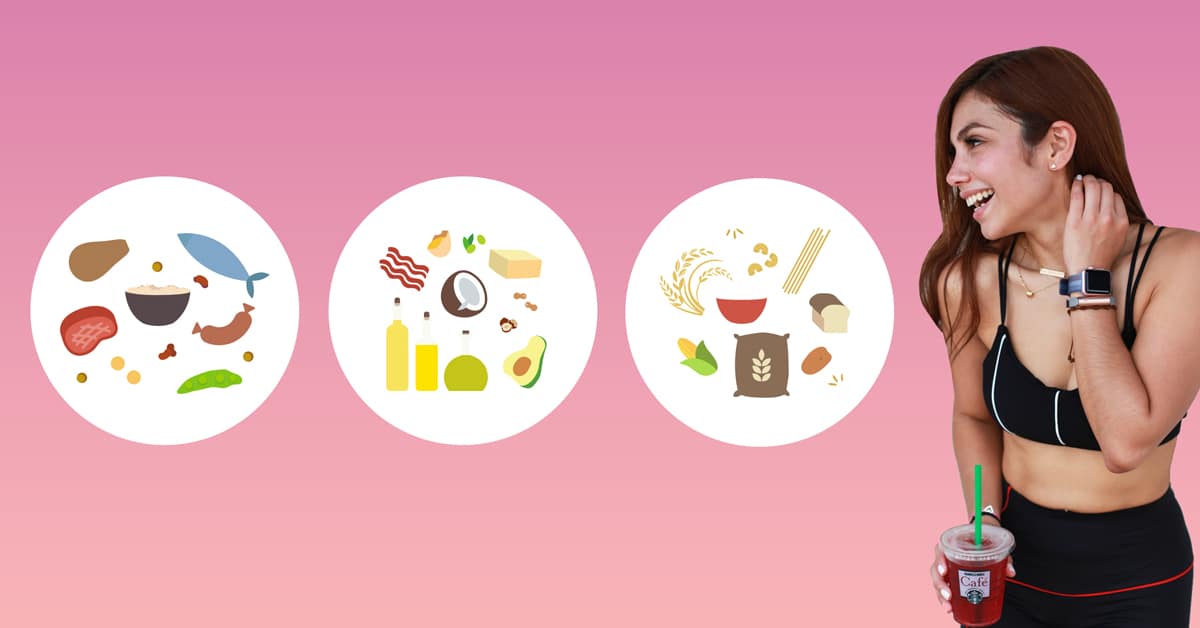
The Basics of Flexible Dieting
Following a strict diet plan is hard, especially if you do not get to eat the foods that you love. Restricting foods that people are accustomed to with a new diet plan is one of the main reasons why people easily get tempted to stop dieting. However, there is little science behind preventing your favourite foods from being part of your diet. Our body is not able to categorize food as being “bad” or “good.”
Fortunately, a new dieting plan known as flexible dieting has made it possible to work out a diet plan while still incorporating your favourite food. Flexible dieting, when partnered with mobile applications such as equalution, is revolutionizing how people can have an adequate diet without sacrificing their favourite food.
It’s all in the Equation
When you consume a higher amount of calory than your Total Daily Energy Expenditure(TDEE) value, then your excess calorie intake will be converted to fat, making you gain more weight. On the contrary, if your calorie intake is lower than your TDEE, your body will use up its stored fat reserves as energy to compensate for the calorie deficit. Having a lower-calorie diet as compared to your TDEE will allow you to lose weight even without added exercise. If you have no idea what your TDEE number is, you can use different online calculators or mobile apps such as equalution.
Know and Count Your Macros
The next stage of flexible dieting is to be educated on the macronutrients and on how to classify foods accordingly. Macronutrients include protein, carbohydrates, and fats. It is essential to correctly identify the food you are going to eat into which macro they belong to and account for the portion sizes of each meal to determine the number of calories each food item brings.
The goal of flexible dieting is to distribute the number of calories that you need for your dieting goals into each macro. An ideal distribution of calories is 35 % protein, 45 % carbohydrates, and 20 % fats. This means that your protein food items per day should contribute to a maximum of 35% of your daily calorie number.
Benefits of Flexible Dieting
Because of the unique approach flexible dieting offers, many people find this dieting plan beneficial for the following reasons:
- Easy to Follow
Flexible dieting does not use complicated recipes that dieters need to follow. Dieters can still eat the same foods that they are eating but should be mindful to stay within their set calorie needs and macronutrient targets. Probably the hardest thing that a dieter will encounter is to determine the number of calories that each food item has. Fortunately, food labels already have that information. For added convenience, there are mobile apps, such as equalution that dieters can use to follow a flexible dieting plan easily.
- Long-Term Effects
Because of the greater flexibility in food choices, dieters are more likely to keep following flexible dieting for a long time.
- No “Off-Limits” Food Items
Flexible dieting does not restrict any food item from their list. This allows dieters to add food items that are more readily available for them into their plans.
Flexible dieting allows diet-goers to have more freedom with their choice of food, which is a great motivation for them to stay on track to achieve their dieting goals.
Author Bio: Steffy Alen is a copywriter and content strategist. She helps businesses stop playing around with content marketing and start seeing the tangible ROI. She loves writing as much as she loves the cake.


